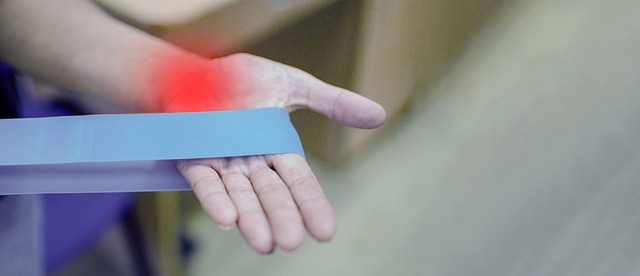An interesting article titled “Increased dental visits in patients with rheumatoid arthritis: a secondary cohort analysis of population based claims data,” appears in BMC Oral Health written by Ching-Ya Juan, Chia-Wen Hsu, and Ming-Chi Lu (published December 15, 2022). The article sought to eplore the use of dental care in patients with rheumatoid arthritis (RA) and explore the incidence of dental disorders in patients with and without RA.
Rheumatoid arthritis is an autoimmune disease that characterized by persistent joint infammation. RA can affect not only the joints, but it can also involve other organ systems, such as the lung and lead to systemic comorbidities. In the article the authors selected 1,337 patients newly diagnosed with RA between January 2000 and December 2012 and 13,370 patients without RA.
The authors found that patients with RA had a higher prevalence (70.3% vs. 66.7%) and frequency (2.67 vists per yer vs. 1.78 per year) of dental visits when compared with those without RA. Further the authors found that the prevalence and frequency of dental visits for dental caries, pulpitis, gingivitis, periodontitis, and oral ulceration was signifcantly higher in those with RA. The authors found that patients with RA had an increased incidence of visits for dental caries when compared with those without and in particular female RA patients had an elevated incidence for dental caries. The authors found that patients with RA had an increased incidence of visits for pulpitis caries when compared with those without and in particular female patients with RA showed an increased visits for gingivitis. The authors found that patients with RA had an elevated incidence of visits for gingivitis compared with patients without RA and in particular female patients with RA showed a signifcantly increased incidence of periodontitis. The authors found that patients with RA had an elevated incidence of visits for periodontitis compared with patients without RA and in particular female patients with RA showed a signifcantly increased incidence of periodontitis. The authors found no significant differences in developing temporomandibular joint disorders between patients with and without RA.
The authors excluded any patients with Sjögren’s syndrome as a primary diagnosis from the study. This is because Sjögren’s syndrome is a strong risk factor for developing dental caries. The authors did note that patients with RA might still have secondary Sjögren’s syndrome and it may be possible that developing ofdental caries and pulpitis were mediated through hyposalivation in patients with RA.

In the discussion of the article, the authors mention that there is a close and complex relationship between periodontitis and RA. It is mentioned that periodontitis and RA share similar pathogenesis, such as imbalance between pro and anti infammatory cytokines, the role of smoking, and microbial dysbiosis including Porphyromonas gingivalis, and genetic background. As such the authors note that the findings of the study were expected. The authors mention that the sample size of patients with
in the study was only 1,337 and might explain why a trend of increased risk
of developing temporomandibular joint disorder was observed in patients with RA. The authors state:
“Rheumatologists should be vigilant for the dental condition in their patients with RA and dental professionals should be aware for the potential poor oral health in patients with RA and efect should be made to enhance their oral health.”
Some limitations of the study mentioned by the authors include basing identifcation of dental disorders on claim data and that the database used in the study only include data between 2000 and 2012 which may not be as applicable for the present time.
